* (restored)
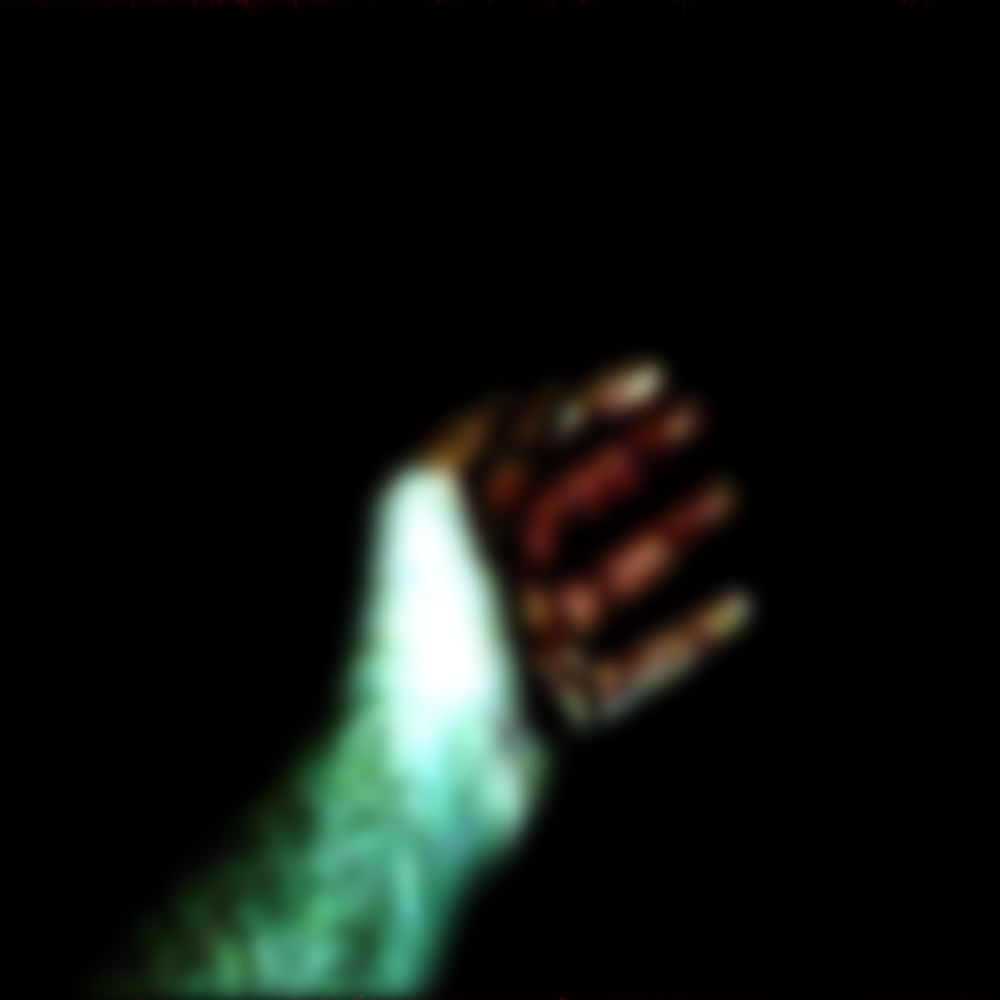
‘Like the great Jean-Marie Straub, Scott Barley creates striking images by returning us to the basics of cinema, the natural world, but abstracting it through profilmic means by reducing the landscape to pure, basic forms. The sky at night becomes a grid of uneven white points like a pin board; an abstract, grainy image of trees, green hued, are obscured into strikes of painterly lines; the sunset, seen through clouds, is stained with a natural purple tint that makes the image look as unreal as the skies in John Ford’s She Wore a Yellow Ribbon; a deep-focus landscape shot slowly becomes obscured by a patch of fog in the foreground. After a few beats, Barley tends to then situate these abstractions within a clearer sense of space and time. Barley, an installation artist and filmmaker from Newport, South Wales, has gained ecstatic admiration for his short films within certain cinephiliac circles, and makes his feature debut with the exhilarating Sleep Has Her House. The film begins with a characteristic bit of misdirection: a static frame, the view consumed by shadows, the locus of the image a jagged streak of turquoise bisecting the composition like a stroke of paint. The following two shots, also static, further and further outward, revealing to us that we’ve been looking at a neutral view of a sloping waterfall. The landscape we were introduced to as an impressionistic wash of pure color is now given specific shape and form.
‘The entirety of Barley’s astonishing feature is built on a fascinating push-pull between digital clarity and pictorial abstraction. For the most part, Barley constructs his lengthy, deep-focus compositions with a static HD camera, capturing landscapes that are almost jarring in their motionlessness—the only source of motion is often the lightly undulating ripples of water or the shifting hues of the sky, which at times leads the viewer to question whether they’re looking at a still or a moving image. Barley foregrounds the centrality of the natural elements to shaping the image, adding texture and dimension and determining pacing. Removed from any degree of linear forward motion, Barley’s lo-fi cinema readily recalls actuality cinema, but the overall effect is far from documentary. Unlike a filmmaker like James Benning—to whom Barley has been compared—this filmmaking doesn’t so much seem to be calling for a return to the basic properties of nature to form a resistance against modernity in cinema practices as to suggest how painterly abstractions can be created through the simplest of means. Barley crafts images that are extremely sensual in their materialism but minimal in every other sense. Although each works in isolation, when placed in succession they take on an intense emotional weight, layer upon layer of painterly compositions in a rich tapestry of gentle motion.
‘Although Barley incorporates many techniques traditionally associated with the documentary into his filmmaking techniques—natural light, real world locations, minimal post-production effects—his films are far from ethnographic. For one, despite rigorously surveying a specific, restricted space, his images are spatially vague: there’s rarely any clear sense of how one shot spatially relates to the next, and we’re left with an uncertainty regarding the geography of the landscape as a whole. The film’s landscapes are removed from any temporal markers, almost seeming to exist outside of time, creating an odd mesh with the ultra-modern digital technology used to craft these shots. Not so much an exploration of space as an exploration of the properties of the digital image, the land rendered hyper-real, almost resembling the surface of some lost planet. A land that looks abandoned, forgotten, drained of life.
‘Barley’s filmmaking seems to be essentially apolitical, surveying the natural world with a paradoxical combination of awe and a muted sense of fear, as if recognizing not only the minuscule scale on man in the face of the elements, but also the sway nature holds over the cinematic image itself. This takes over in the final stretch of Sleep Has Her House , which sees the initially tranquil tenor Barley’s montage being replaced by a sense of destruction, as a storm is portrayed with the grandeur of a rapture. The screen is plunged into darkness, periodically illuminated by lightening like impromptu strobe lighting effects. This is also the first time life is introduced into Barley ’s mise en scène, in an extended close-up of a horse’s eye reacting to the destruction, captured with a haphazard, lightly drifting, uncharacteristically handheld shot. The images are increasingly consumed by dark negative space, with the eye being drawn to a few salient details pushed into a small section of the screen.
‘If Sleep Has Her House at first calls to mind the expressionist landscapes of Peter Hutton, Victor Sjöström and, yes, Straub, the formal apocalypse of its final act recalls the smeary digital cacophony of Lucien Castaing-Taylor and Véréna Paravel’s Leviathan, and Sleep Has Her House similarly foregrounds the forceful capacities of DV cameras. By removing his filmmaking from any traditional sense of narrative, character, and, even temporal/spatial unity, Barley invites us to see the world—and the cinematic image—anew Sleep Has Her House is a vital reminder that the most potent visual abstractions can be created through something as simple as the shifting colour of the sky reflected in water, and the most jarring shock can come from a change in lens.’ — James Slaymaker, MUBI
____
Stills
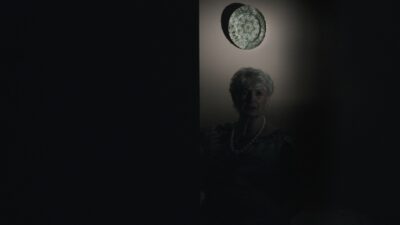



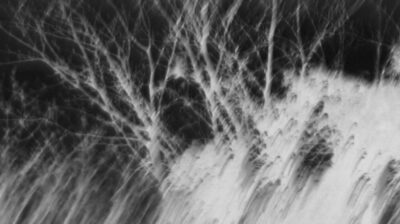







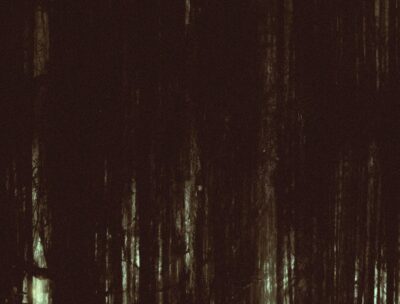
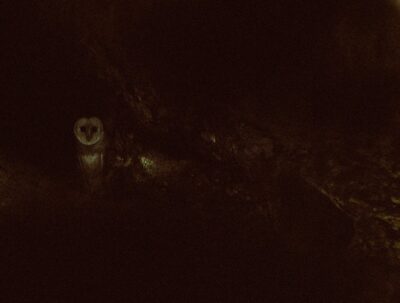
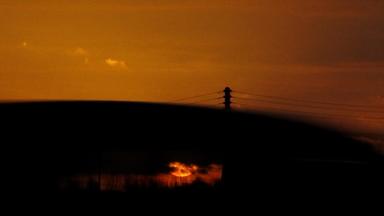




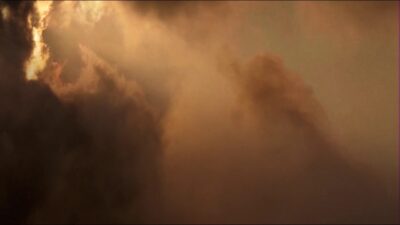



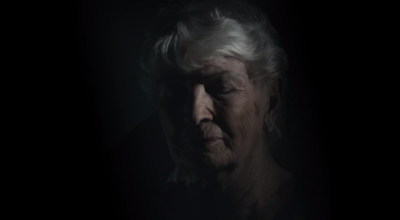




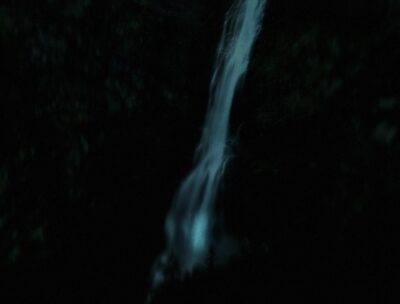
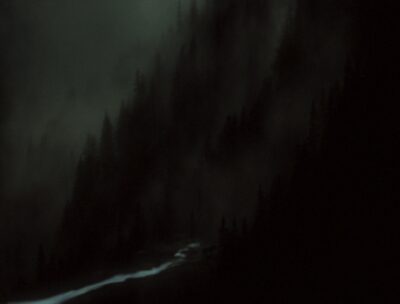


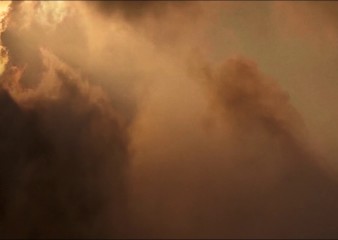
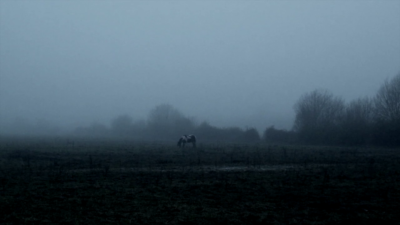
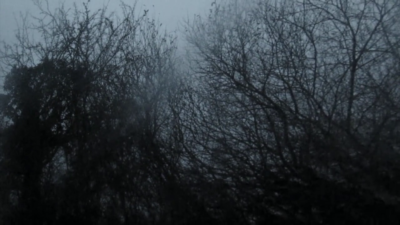








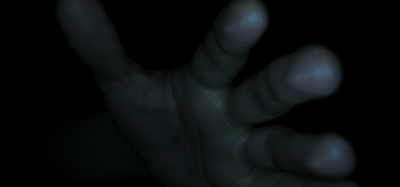
____
Further
Scott Barley Website
Scott Barley @ Vimeo
Scott Barley @ bandcamp
Scott Barley @ Twitter
Sleep Has Her House @ THE ART(S) OF SLOW CINEMA
“Film is an illusion, but hopefully an illusion that can speak a truth.”
Scott Barley: Creating in the Digital Era
THE EXPERIMENTAL CINEMA OF SCOTT BARLEY
IN OTHER WORDS, NOW PLAYING: Sleep Has Her House
ACONTECIMIENTOS: 2013 SCOTT BARLEY
On SLEEP HAS HER HOUSE @ cinelapsus
LIMA INDEPENDIENTE 2017: SLEEP HAS HER HOUSE DE SCOTT BARLEY
dark is more
Onscreen/Offscreen: The “terrible sublime” of Sleep Has Her House
A transcendent film worth experiencing.
Scott Barley @ revolvy
“And the dark is always hungry.”
Review / analysis of Scott Barley’s “Sleep Has Her House”
____
Extras
The Sadness of the trees by Mikel Guillen & Scott Barley
the schnüdlbug show – episode 2: Scott Barley
SCOTT BARLEY: COME MEET YOUR MAKER
In Qonversation with Scott Barley
______
Interview
from 25fps.cz
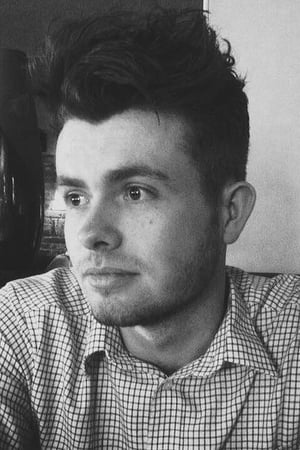
I first encountered your work through Vimeo and it appears as if online viewing is something you work with consciously in your creative process. For example, you recommend watching your 2015 short film Hunter “in complete darkness, with headphones.” Could you say something about the role the internet plays in your filmmaking practice and aesthetics?
The internet is an interesting place. I like how I can democratise my work, make it available for free… how I am able to reach such a wide diversity of people, and in some cases, create a dialogue with these people from around the world. If it wasn’t for the internet, we would not be having this interview. I have often said that once I finish a film, and I put it out there in the world, it is no longer mine. It is yours… anybody’s. And I think that the internet nourishes that; this ongoing dialogue, this continuation. But as far as my own aesthetics and interests in how my own work should be contextualised, the internet is not perfect. There are many problems. The internet succeeds on the foundation that it is predominantly a place for instant gratification, but from another vantage point, this very foundation condemns it to its own failure as a platform. The internet has been shaped to satisfy our needs, often in a swift, superficial, “dopamine rush” manner. When the internet is utilised in tandem with the moving image, with art, with patience, with time, with work that challenges us, the failings of the internet and the way we have come to utilise it (and of course, how it is coded for us to utilise) are lamentably apparent. The internet is a world built upon instant gratification and distraction.
My work is all about immersion. It is antonymic in that way to how the internet predominantly operates. The potential for networking with others however, of creating an ongoing dialogue between my work and the people who experience it is huge, and exciting, and is something I am really pursuing right now. But I am still very much a person who believes in the power, the intensity, and resonance of the auditorium; the cinema space, and the immersion that it uniquely offers. So in that sense, I feel like I don’t fully belong in either place fully; not the internet, not the cinema. And I don’t believe this will change any time soon. But one can look at this and perhaps regard this ‘problem’ as not the real problem at all. Instead, the true problem is behind all of this, and that problem is us. It simply reveals the inherent, reductive trappings of the way we, as human beings have been rendered to think – desiring to compartmentalise, to label, to categorise, to create borders, which are inane, reductive, and pointless when we are talking about complex matters. There is little use to discuss the problems between the internet and the cinema dialectically, because it leads us down a path of false truths, and empty confirmations. There is perhaps more truth to be found in understanding the tension that holds disparate elements together, in this case, the internet, and the cinema. Both are necessary, and both are true, and in the end, there is only the indeterminable whole and the tension within.
I know for certain that my films work best as a large screen projection, in complete darkness, with good sound equipment – not a computer, and I wish everybody had the opportunity to see the films as they were truly intended. But I don’t have full control over that, and I think it would be bad, ultimately, if I did have control over these things. My interests do not lie in pecuniary matters, and I do not wish to deny anyone from being able to see my work. So I’m in a sort of twilight world between the old (the cinema, the dark, immersive auditorium) and the new (internet, distribution channels etc.) in that sense. I embrace the internet, knowing full well that it is not perfect. I make films because I feel I need to. I genuinely feel a need. And so regardless of whether the distributive aspect is perfect, or not, I will continue to make films, with money, or no money. As long as I feel I have something to say, I will continue making films.
Your output is very eclectic. Every film I saw is different from the others, and you also write poems and paint. Is there anything particular you enjoy about experimenting – be it with different media, different cameras or different techniques?
I like feeling lost, and being in uncharted territory with my praxis. I don’t preconceive my films often. I don’t work with preconceived images. I experiment and build upon things, and see what works. I want the act of making to be a journey for me. I want to be surprised and scared sometimes. When I work, I try to occupy a place where I can doubt things; a precarious place where I feel on the precipice of failure. I want to feel the sensation that the work is its own entity, that it is alive, and seemingly a step ahead of myself. The journey is for me. Once the film is finished, it is not mine anymore. It is for everybody else. That is how I feel. Sometimes, it takes a long time for me to really begin to understand what it is that I have made, what it is that I am trying to express. But my intuition seems to know best. I never think too much. I just focus on my feelings. Also, each medium has its own unique powers of expression. As a consequence, I do shift between mediums such as writing or painting, and different ways of seeing (and hearing) within my filmmaking. Perhaps you could say that a certain idea, or a feeling can be better communicated through film than painting, or writing… or vice versa. They are just different modes of expression. I love making music too. Sound is incredibly important to me. I love all of it. I want to always feel that the work is two steps ahead of me.
I read somewhere that you used to be very obsessed with language, when you were small, but now your films are generally silent when it comes to spoken words and use only ambient sounds. How come?
I am still obsessed with language, and I adore reading and writing so much – and it’s that very reason why I don’t like to use it in my films. They’re different mediums. I see language as sacred. And I see images… the world as sacred. But we are facing a time where language is increasingly becoming an objectifier, an itemiser, an explainer of what we see before our eyes. When we use language to describe, or explain an image, we are in a sense, objectifying it, and in turn, we are killing it. We kill its mysteries and silent beauty through our inane objectification. Let’s just bask in the sonorous silence of the sunset, of the moon, the stars, the lake, in the presence of the horses, the deer, the owls, in the mountains, and the forest. Let’s not, through folly, attempt to claim the Unknown as known to us. Let us leave the unknowable to be what it is: unknowable. Beauty lies in the things that are not fully known to us. I would rather look upon the world with silent wonder and awe, rather than savage it with all the words in the world, that in this context are meaningless and hideous. Words conjure images. If the image already exists, there is nothing to be conjured. Instead, we are only using words to conquer the image. And I am not interested in conquering anything.
Amid the eclecticism, there are underlying aesthetic and thematic preoccupations in your cinematic output that can be noticed easily. Among others, there is your nyctophilia, biophilia and a certain, dare I say, cosmic sense in how you work with nature. These themes, together with what I assume is low-budget film-making practice, make me think of your films as cinema for the Anthropocene. Is there such a conscious political dimension to what you do, or am I reading too much into it?
I think all works are directly, or indirectly, political. We bring so much of ourselves into our work, through making. But also, spectators read and utilise a piece of work in multifarious ways, sometimes a political one; and work lives on, and continues to grow, taking on new meanings, long after they have been “completed”. I would say that I have, since the very beginning of my filmmaking, been making an anthropocenic statement. A statement on anthropocenic, metaphysical, and existentialist issues. I remember one critic describing my work, not as a “cosmogony”, but as a “cosmo-agony”. When I read the latter, I exclaimed, ‘Yes! that is it!’ A lot of my work is a lamentation of our disconnection with nature, or our destruction of nature, our foolishness. I am, through my own films, trying to re-establish a connection. And in a way, I guess that could be interpreted as political.
You mentioned in another interview that your art is strongly influenced by avant-garde filmmakers like Stan Brakhage, Phil Solomon, Jean-Claude Rousseau, and Nathaniel Dorsky, as well as some feature-length artists like Béla Tarr. Your references appear to generally come from the Euro-Atlantic tradition. Are there any non-Western filmmakers or artists in general whom you would explicitly count as an influence?
Absolutely. There are many. I would not compartmentalise myself to being specifically influenced by Western/Euro-Atlantic cinema. I just don’t think in these terms. If I had to think of specific non-Western filmmakers, I would say I have been influenced by Yoshishige Yoshida, Jan Němec, Wojciech Wiszniewski, Aleksei German, Akio Jissoji, Kaneto Shindô, Konstantin Lopushansky, Věra Chytilová, Artavazd Peleshyan, Xu Xin, František Vláčil, György Fehér, Veiko Õunpuu… there are many more.
Watching your films, I sometimes think of films by František Vláčil, because of his baroque sensibility towards landscapes and what I feel as a strong presence of atmospheric phenomena. And, since this is interview is conducted for a Czech film magazine, I feel impelled to ask: Are there any Czech directors or films you enjoy?
Jan Němec… he has been a huge influence on me. I adore his films with all my heart. He realised that cinema is in many ways, truly about childhood, of memories. Vláčil… I like Vláčil very much. The mood and atmosphere of his films is very haunting and evocative. I like Gustav Machatý a lot. Chytilová. I also love Juraj Herz. The Cremator is a favourite of mine.
What role did institutionalized film education (film school) play in the development of your practical skills and aesthetic sensibilities?
Very little. I have had poor experiences from universities. Too many philistines; both teachers, and students. If you are passionate, driven, and you love art, you’ll go out and and make art regardless. It is not about the equipment. It’s how you use it. This is what so few students understand. The only good thing about university was the few people I met who saw the world in a unique way. In my view, there needs to be less teaching, and instead, they need to cultivate more. The system is broken. Instead of forcing an ideology on to a student, a teacher must observe what makes each student unique, and nourish that, i.e. they observe what the student sees on their horizon, and then in turn, they make that horizon bigger. They shouldn’t stamp out their creativity. Instead, they should help them realise their full potential. Many universities don’t realise they are stamping out an individual’s creativity. Teacher is the wrong word. Cultivator describes it better.
I have almost always learnt auto-didactically, or through my peers; not teachers. I do know some very talented teachers though, like Phil Solomon – an incredibly gifted filmmaker as well as professor – and I had some great teachers when I was younger, but for the most part, I haven’t had many good ones during my time at university. A lot of students and tutors saw my work as pretentious, or considered me a maverick. Until the system changes, my work will never be fully welcome in a film school. And I don’t want to be part of a system, or an industry that tries to nullify unique creative sensibility. A large part of the world that we live in is a world of selling out, of spinelessness, of denying yourself true existential nourishment; a world where courage, vision, and conviction count for nothing. I do not ever wish to be moulded into an anonymous, shapeless, soulless piece of plastic, ready to be churned out on corporate conveyor belts for the instant gratification of gormless morons. In short, the world of spinelessness, of creative censorship can get fucked.
Have you ever encountered negative feedback, by critics or people around you, to what you do?
Of course! Who doesn’t? You have to take the bad with the good. A polarised reaction is a healthy reaction. I am lucky in that the people who like my work are very passionate supporters of my work. The main reason for negativity seems to stem from an unwillingness to submit to the work itself. But I also have seen some very sad people negatively review films that I haven’t even completed or released. These people have decided to troll my work. What sad, boring lives these people must have. All I really care about is the work, and the hope that it will leave an impression on just one person. I make films out a need. I don’t do it out a desire to please others. It’s less superficial than that.
What prompted the creation of a feature-length film (SHHH)? Did its length influence the way it was made?
The idea for doing a feature-length film was an organic one. It was the right time. It was born from a desire to go deeper, darker, and narrower. I made Sleep Has Her House exactly the same way as I have made my previous, shorter works. I feel my way in the dark. I feel what feels right, and never question it, and never deviate from it. I feel, and feel alone. I love not being fully in control when making. I want the film itself to have its own autonomy as it is being made, and for it to always be a few steps ahead of me. I want it to give birth to itself.
For me, making a film is largely the same as watching one. You must not resist. Once you let go, you are no longer a captive. Just let it wash over you like an ocean. Swim with it. Drown in it. I think that my approach is more visible in Sleep Has Her House than any of my previous works, partly due to the longer running time, but also because of the stronger presence of the liminal, the mystic, and the unknown, which I feel took root with my short film, Hunter (2015), but is also there much earlier, in works like Nightwalk (2013) for example.
Can you tell me something about your upcoming projects? Do you think it could become possible to see your films at the cinema or art spaces even in the Czech Republic?
I’m working on many projects. About eight different projects right now. Another feature film is in the works, but won’t be completed for a long time. As for the less distant future, there will be lots of short films and installation-based pieces coming. Mouths in the Grass, Lustre to Void, Starless, Fugue – a film I am making with my partner, Gabrielle Meehan – and lots of other things. I am always working on multiple things at once.
As for screening my work in the Czech Republic, I would love that. But I do not have an established network in the Czech Republic. To people who want to see my work, I say, go to your local independent cinemas, your festivals, your galleries, and tell them. Something similar has started to happen in the USA with my work recently, and it’s all down to passionate spectators, who want to see my work in an auditorium setting. Of course, I do network with festivals, curators, and programmers, but that will not bring my films to everybody. There is much to do!
Any last words you could address to readers who are eager to create experimental films of their own?
Don’t think too much. Just feel. Always be curious. Always be resilient.
________________
17 of Scott Barley’s 18 films *
* Scott Barley strongly suggests that these films be watched in the dark if at all possible.
_______________
Sleep Has Her House (2017)
‘Sleep is a film that goes deep, very deep. It is not just a film. It is not just visuals. And it is not just a combination of visuals and sound. It is a journey. It is an experience. It digs deep into your soul, into your dreams. It takes you into another world, into the underworld, but it’s not a scary journey at all. On the contrary, Barley is always there with you. You’re never really on your own. Barley’s film is certainly the strongest film I have seen in years. There have been many films which touched me, but not in the same way. Sleep stands out. This is as far as my words can take it. All I can do now is strongly recommending the film. Words cannot adequately translate experience. You naturally lose most of that experience because you try to find words for something that has no words. So please watch the film, and experience this magnificent journey Barley takes you on.’ — Nadin Mai, THE ART(S) OF SLOW CINEMA
Trailer
SLEEP HAS HER HOUSE: essential conversation
_______________
The Green Ray (2017)
‘A Green Ray that never features. Instead, we sense it, seeing beyond our own eyes, beyond the hills, we sense it for an instant. We are plunged into the unknowable, beyond the horizon, beyond seeing altogether. In a single 11 minute take, Barley takes us from lush sunsets. to beyond the green ray, and into the gloaming, into the heavy night’s darkness, where we, transfixed, can do nothing but await the impending storm.’ — SB
the entire film
___________
Passing (2017)
‘A Silence. Two deer. Mother and child. Curiosity and the World. Being and responding. Love and courage. A gesture. Alone in the woods inside an imperfect image. A film of three shots. A passing.’ — SB
the entire film
_________
Womb (2017)
‘The Mouth screams. Like a shadow, it looms on the event horizon. It swells, hunting the night like a snake in the dark. The laceration tears through the stars, devouring its meal. Within the nothing swims something of a memory of movement. Far beyond, something out of the black reveals itself. In the infinite womb, limbs drift suspended, like flies in a giant spider web. An infinite sea of pale flesh. Bodies without organs. Death’s renewal awaits, as the bodies pass through the void.’ — SB
the entire film
___________
Closer (2016)
‘Only five films into Scott Barley’s filmography and I’m already completely struck down by what I’ve seen. Barley blows away so many cinematic rules with his creations. He seems to answer the questions I’ve been asking myself so often these past years but to which I never found right answers. He’s basically a one-man show, running direction, editing, cinematography, sound design and with this one even poetry for his films. I’ve always longed to know how I could achieve things on my own. I always wanted to find out how I could create those images in my head without driving myself mad with the productional issues that those big blockbusters have that I dreamt of making as a kid. Scott makes his films on his iPhone. He embraces the lack of quality in his work and creates abstract paintings out of the pixels that come forth out of his heavy editing and grading of the images. He bashes lighting and embraces the dark, something oh so many filmmakers are so terribly afraid of. At one point in Closer, he even stops portraying the film as a moving image and changes it into a slideshow of loose pictures, only connected by completely black intervals. I am so awestruck by how freely Barley seems to make his pictures and how open he is to the flaws of film. I’ve been dreading making films for a while and I’m quite scared to make my documentary this year and finish film school, but discovering his work has been an absolute eye-opener and a serious reassurance of what one man can achieve if he only puts his passion into it.’ — Leo (Willem) van der Zanden
the entire film
________
Hinterlands (2016)
‘Begins broadly Benning-esque but steadily goes full Tscherkassky (or maybe Robinson) before settling into a fitting state of arrant, idiosyncratic abstraction; just as, if not more viscerally and sensorily frightening than Grandrieux’s White Epilepsy, only it manages to provoke the same sort of pure, physical panic in a tenth of the aforementioned film’s runtime.’ — Eli Hayes
the entire film
__________
Hours (2015)
‘Shot in a grainy black and white – with the pixels of the images producing a costant flickering – and deeply contrasted, Hours is soundless and simply “assembled” in post production: no filter, no effect. Once again, Barley uses the repetition of signs as an authorial mark and, at the same time, as the center of a formal structure conceived as a score. By repeating one or more signs in the short (the moon that ties the different shots, the clouds and the window from which the director watches the sky) Barley inundates the film with mystery, like the unexplainable experience of deja vu. At the same time, Hours is a little essay – like The Ethereal… – about the mysticism of time and the impossibility to stop it unless one freezes it with, once again, signs: the fog in The Ethereal and the moon in Hours. Moreover, if compared to Retirement, Hours shows Barley’s desire to build a shelter for himself, a spiritual isolation in another time, different and out of history, in an ethernal, threatening night.’ — Alberto Libera
the entire film
_____________
Evenfall (2015)
‘Evenfall was filmed in late January, up in the snowy hills of Abertillery. I see this film as a companion piece to my first film, The Ethereal Melancholy of Seeing Horses in the Cold. Evenfall is the sister film. Like ‘…Horses’, it was all filmed in one location in less than an hour, using stream-of-consciousness. It is silent, set in the cold, and features one of nature’s most elegant creatures: the horse. It is the metaphors themselves that are not the same; Evenfall is a silent poem to celebrate the winter light and the sense of solitude that it brings. It is also my first film in 2.35:1 aspect ratio, and it was shot entirely on an iPhone.’ — Scott Barley
the entire film
___________
Shadows (2015)
‘The crew I was working with had to come up with an idea for our graduation film in university. We came up with what we all thought was a very strong idea. The lucidity and minimalism of Bresson was a huge influence on us. We worked on the pre-production for months, and then we were told by the university that we had to do a presentation for the film, and explain our idea to the class in two weeks. We began working on it, but in the back of my mind, I was losing faith in the idea. It didn’t feel like I was letting myself become vulnerable, or that I was risking something – and I think that is incredibly important as an artist. You must dare yourself to fail. Anyway, the presentation was drawing closer and closer and I didn’t want to tell the group how I felt, as we had already put so much work into it. Then, three days before the presentation day, I received a phone call from my mother. She was worried about Doris – my grandmother. No one had been able to speak to her on the phone. Nobody would answer. I quickly drove up there, and it seemed that her legs had stopped working, and she was trapped in the bath. We called the police and we waited. It felt like ages. I could hear my grandmother crying from upstairs, and I tried my best to reassure that everything was OK, all the while I was thinking, what if she has hypothermia? How long has she been trapped in there? Eventually, the police arrived. They had to break the glass on the kitchen window. We had access to Doris’ home, but Doris had left her keys in the lock on the inside of the house, so were unable to get inside. We rushes upstairs and carefully eased Doris out of the bath and comforted her. With a few hours, everything seemed OK again, but in the back of my mind, I felt incredibly guilty. I hadn’t seen my grandmother that often since embarking on my film course, and as is the case in these situations, it makes you truly value the moments you have with your loved ones. It wasn’t until that evening that the idea came to me of making a film about my grandmother. I rang up Matthew Allen – my friend and colleague – and told him what had happened, and what he thought about re-creating the trauma as a cathartic exercise. He approved of the idea, and so the following day, I came clean about my concerns to the rest of the crew about the previous film that we had been working on for months. We had just two days before the presentation. Thankfully, the crew were behind me on the idea, and we raced to create a script that would recreate the scenes I had witnessed only the day before. The aesthetics and overall “narrative” came very quickly. Almost immediately. I knew that the film had to have no camera movement, entrenching this feeling of entrapment and isolation. The camera would be a silent observer, remorseless and unrelenting to the scenes that unfolded. Repetition was another big point for us, to instil the sense of monotony when one lives alone and is unable to walk far, and so cannot travel outside. This would then build up to the bath scene, which as close to a re-creation as to what happened as we could do. It was all about authenticity. Human authenticity. We managed to get a good presentation together in 48 hours. The presentation went well, and Grace Mahony – who was one of the production designers from a different course that was in synergy with ours – could really understand what we were trying to do, and so she joined our group, and really helped realise the vision for Shadows.’ — Scott Barley
the entire film
___________
Hunter (2015)
‘An enormous, but shielded Explosion of chasmic light from the depths of a death; a small death in the darkness of a silent Somewhere, until a musician shouts his song during the stalk, and Someone writes with light. The death of the chase is avenged way west of our world, within the Cyclical cosmos, through the striking of a balance between the Chaos that shadows create and the tragic action of a soul being stripped from its shell.’ — Eli Hayes
the entire film
_________
Blue Permanence / Swan Blood (2015)
‘Above all, an experiment. Two identical films mirror each other. The only thing that differentiates between them is colour and sound, which is simply reversed. Through the use of just colour and sound, each part invokes unique sensations in the viewer; one of sorrow, and one of fear. Not a single identifiable object features. Instead, the films focus on repetition, texture, movement and light.’ — SB
the entire film
__________
Polytechnique (2014)
‘The ways in which Barley makes the real feel unreal are astounding. It almost feels like La Region Centrale in its sheer disorientation, but instead of a landscape slowly gone berserk, Barley leaves little time for any sort of full image. Instead, it’s all abstract enough to never feel fully interpretable, but plentiful enough to see things within it. The only issues I saw were when an editing effect was obvious enough that the illusion was briefly ruined. But the amount of effects and tricks used make the likelihood of finding any really difficult. And the score from Easychord only adds to the uncertain atmosphere, with the ambiance of his composition helping to form images in your own mind, rather than either director or performer handing them to you. It’s a terrific film to make your own through what you see out of what’s in the frame. When the waves turn into mountains or caves, crushing or erupting, surrounding or expanding, it’s almost certainly a different experience each time, and a personal one for each viewer as to what they find from the images.’ — olympic puffin, letterboxd
the entire film
____________
Ille Lacrimas (2014)
‘Waves run across the surface of the sea. A blanket of fog has descended, shrouding the far side of the water in dark mist. We hear a disturbance in the sea’s surface, out of our line of sight. A man staggers into view. He is stranded. Alone. He searches for answers; in the water, in the woodland, in the hills. He finds none. As he wanders deeper into the darkness of the forest, questioning his fate and destiny, he thinks back and reminisces over fragments of his life, and what has been lost. As time passes, the man finds a cabin. He feels uplifted at the thought of shelter from exposure to the elements that he has endured. Inside the shack he encounters a book that he had lost days before. He attempts to find solace in the book’s pages; memories of days passed by. It consumes him. He accepts his spiritual end. It comes full circle.’ — SB
the entire film
____________
Retirement (2013)
‘Retirement. My retirement. After a long stretch of intense work on a project that I wasn’t passionate about, I finally had a little time to make something I truly wanted. Solitude. A subtle use of machinima alongside HD video.’ — SB
the entire film
___________
Irresolute (2013)
‘A semi-socio-political work. Influenced by the work of avant-garde filmmakers, Stan Brakhage and Philip Solomon. Nominated in Senses of Cinema 2013 World Poll.’ — SB
the entire film
________
Nightwalk (2013)
‘Waves of clouds and the ocean slowly crash in on one another, as do the blacks and whites of the image, and even the layers of landscapes. An unstable camera shakes to the heavy winds, and genuine unease is felt even in how vague Barley’s storytelling can be. It’s not a concrete short, with interpretations and story feeling more like smaller details to a more important whole. That whole is the immediacy of Barley’s imagery and soundscape, something he proves here as wholly unique. It took him a few shorts, but with old and new motifs of his combining wickedly into one short, Nightwalk seems like a brilliant opening to an auteur fully discovering himself. His image, his sound, and his voice.’ — olympic puffin, letterboxd
the entire film
____________
The Ethereal Melancholy Of Seeing Horses In The Cold (2012)
‘A silent short, focusing on the melancholic beauty of horses in the cold fog, and the metaphors that manifest, as time passes.’ — MUBI
the entire film
*
p.s. Hey. ** Dominik, Hi!!! Hm, yeah, not sure about ‘Challengers’. Better to know than not, I guess? No ‘Tarot’ yet. Love didn’t manage to persuade me (yet). And yesterday got eaten up. Hm, which Violette? I don’t have room for any of them, but, if I did, that burning chair looks fun. Love helping me order my roommate to take the wild parrot currently and very unhappily imprisoned in a cardboard box in our apartment back to the park where he found it and let it go free, G. ** _Black_Acrylic, Hey. No, I don’t know Eva Rothschild, but the work looks very interesting at a first glance, and I will educate myself, thanks. Okay, all the luck beginning now and extending through Sunday. ** Lucas, Hi, Lucas. I actually have a few art things lying around that I can put on the walls, I just have to go buy a hammer and nails basically. Right, established group dynamics, yes, that’s hard. Me too: I’m totally fine one-on-one or even in very small groups, but crowd socialising is very stressful for me. Going to parties is like going to hell, and I’ll come up with every excuse imaginable to avoid them. Cool, yes, imgur I can access. Thank you in advance if you manage some photos you feel like sharing. I didn’t get to Character.AI yet because yesterday was a bit of a stress fest, but I’m super interested while having some of the same qualms in theory about it that you do. But then the flaws and inexplicable aspects should be interesting too, I think? Scrunch from me to your cat the next time it cuddles up. I can’t really say much about the new film yet because, one, it’s still really early, and, two, Zac hasn’t read what I’ve written yet, and he might not like the direction I’m proposing which would mean starting over. But we’re supposed to go over it today, so hopefully I’ll have at least a sketchy idea to tell you ere long. I will just say that, at the moment and subject to Zac’s approval, the made-up person thing involves one young character who always has a hand puppet on his hand and a teenager who steals a ventriloquist dummy and gets obsessed with it. Thank you for asking, pal. ** James Bennett, Hi, James. I’m alight mostly, thanks. Music critics … Off the top of my head, I’ve really liked Lester Bangs, Nik Kent, Simon Reynolds, Paul Morley, Jon Savage, Richard Meltzer, Byron Coley. You like any of those? I have seen ‘ABC with Gilles Deleuze’, and I agree with you, it’s wonderful. Deleuze is such the man. And I def. and obviously agree with you re: the lowly seeming status of integrity and truthfulness in and about things these days. They’re there, but what a hunt. Same virtues boomeranging back to you from about-to-rain Paris. ** Tosh Berman, Wow, nice, serious Italy time. Occasioning some lovely writing to boot. I need to do more than dip, but I don’t know when or how. Gotta figure that out. ** Tomás, Howdy, Tomás! I’m excited to think about architecture’s influence on your work. Is it possible to describe how that manifests? My writing is very influenced by my great interest in sculpture, which is kind of similar possibly? My way(s) of writing fiction definitely shape my script writing. It’s mainly the difference of writing something that’s to be visually filled-in in a set, non-negotiable way in the future rather than something that has to figure out a way in and of itself to trigger/create everything for a reader, if that makes sense. I definitely don’t see them as entirely distinct things. I think after we write the new film and there are three narrative feature-length scripts, publishing them might be interesting, yeah. Is it possible to see your films or installations anywhere? Do you have a Vimeo or anything? How’s the feature screenplay going? How are you approaching that vis-a-vis your shorter works, if that’s an answerable question? Bed-Stuy is pretty okay, from what I’ve seen of it, and central enough. Thanks, pleasure to speak with you. May the day cause excitement-provoking word spillage should you use it to work. ** Mark, Hi. Paris Ass was okay. Like I was saying yesterday, there was a whole lot of stuff being sold and proferred there that looked interchangeable, which was kind of dulling, But it was packed, and the energy was good. Whammy sounds like a treat. I didn’t know about that. Enjoy the Kraftwerk gig. Can’t imagine it being possible not to enjoy. I’ve seen them a fairly bunch of times. And ‘Bullitt’. Car chase! That’s all I remember about it. ** Huckleberry Shelf, Hi, hi. ‘Victim’, yes, for sure, he’s amazing in it. In ‘Providence’ he’s more doing his effete, fussy thing, but it’s great too. God, financial aid. I have a few friends trying to get that sorted at the moment. High hopes that they’ll pony up sans any more torture. I put off reading ‘Sentimental Education’ for the same reason, but, wow, is it great too. I’m good, thanks, just working on future things and enjoying spring while it gradually peters out. (I hate summer, I hate heat). I hope that, living in Chicago, you don’t mind it so much. My pal/collaborator Zac went to university in Chicago. Northwestern. Do/did you know the poet David Trinidad? He taught there until just recently, I think at Columbia? Anyway, I hope you’re doing great. Are you writing? What are you working on, if so? ** Sypha, Hi, James. I’m spotty after their early-ish phase too. I liked ‘No Country…’ and ‘Llewyn Davis’. And here and there. ** Charalampos, Mm, the parrot is not okay in the sense that it’s still in a box here, but I’m forcing my roommate to return it to the ‘wild’ today, slightly messed up wing and all, because its struggles and unhappiness at being trapped here are very disturbing. Alarm clock perkiness to Greece from at least semi-perky Paris. ** Steve, Hey. Everyone, Steve just published his May Music Round Up including his judgement on that new Billie Eilish, so … here. It is too bad, very certainly, but there’s nothing we can do except adjust the percentage downwards if possible. No, I knew nothing about Criterion being bought. That’s very strange, or maybe not. I don’t know how Criterion pays for itself. Fingers crossed, that’s for sure. ** HaRpEr //, Hi. Visconti comes off especially terribly at that Cannes press conference. Wise words re: the film’s gestion. Gosh, no way that film could get made in that form today. Unless, like, Chris Pratt or one of those Marvel actors played Gustav and Chalet was Tadzio, but even then. Shudder to think. Nice cockatoo story. The parrot trapped in our place barely squeaks. It just claws and claws at his cardboard surroundings with never ending desperation. But, like I said, my incarcerating roommate is going to free it today, period. Grr. That said, happy day to you! ** Zbornak of the Jackal, Hi, Zbornak. Happy that Banks lured you in. Well, you said it yourself about smoking something you really shouldn’t have, so I won’t add my two cents. Score: the magic powers though. I wish I had them. That would really help. Thanks for gracing here, sir. ** Cletus Crow, Awesome, glad you liked it! ** Jamie F, Agreed: that sign/work is awfully tempting. Oh, sorry, brain malfunction. Alton Towers it is! I will plan accordingly. Horniest? Hm, that does add a plus to its column. Oh, what the fuck, right? Race you to it. Dennis C. ** ANGUSRAZE, The one and only! Hail, maestro. Congrats on the finishing, and my fingers are crossed. You should see them. They’re, like, gnarly looking. Okay, I’ll go find the video. Great, been a while, thank you for clueing me in. And if I had even more fingers, I’d cross them too. Love back outta me. ** Justin D, Cool, happy you liked the work. I’m positive I’ll like Alton Towers. I even like those shitty traveling carnivals they set up in the park. I’m easy. ‘Shallow’: that has certainly been my expectation based on his earlier films. My week has been solid on some fronts, stressful on others, and, on balance, kind of par for the course. Yours? If I had a time machine I’d go back to Powells, magically figure out who you were sitting out there, and walk up to afterwards and say, ‘One day you’ll be very surprised by how shy you feel around me, and can I sign your book?’ I’ll use the The Marias link when I’m done here, thank you! ** jay, Hey, I definitely will look into it, probably today. It really sounds fascinating. I mean, you see my fascination even with the commentary to and fro the largely ‘imaginary’ escorts/slaves in just that basic context, so … Your thoughts on it are great. I copied and pasted them in a TextFile to consult once I’ve gotten my ‘feet’ ‘wet’. IOW, no, no ramble at all. I was gobbling it up. Week’s okay thus far over here. Yours? ** Uday, A year is way long time to spend in the US, under the current circumstances especially. Yeah, the word ‘best’ just irks me. I have a big problem with hierarchies in general, being an anarchist and all, so I just try to be verbally anarchistic as well, which is hard, btw. I just read something about Patty Waters. Strange. I’ll listen to her. It must be fate. Oh, uh, yeah, I’m a pretty sincere person. I just am. I never think about it. I don’t know why that happened. It seems to work okay, though. Thanks for reading that interview. I feel a little weird about talking about rimming in it, but TPR literally said that they would only interview me if I talked about rimming. Isn’t that strange? ** Oscar 🌀, Hi … (*yodeling*) …, Oscar! No, I haven’t gone there yet due to yesterday’s sneak attack of preoccupation with other, less interesting things. But I’m about to. Of course I’m going to ask futilely if it’s possible to read your fanfiction about Petyr Baelish. Yes, I suspect you’re right that the unforeseeable is more likely found in an aerial location than at our feet. Let’s both look to the heavens then, shall we? I could use an easy-peasy Wednesday actually, so thank you? You want one of those too? If so, my imagination bequeaths you one. ** Okay. I’ve revived this old post dedicated to the beautiful films of the young Welsh filmmaker Scott Barley, and I highly encourage you to experience his work in some respect while the opportunity is right in front of you, should you feel so inclined. See you tomorrow.

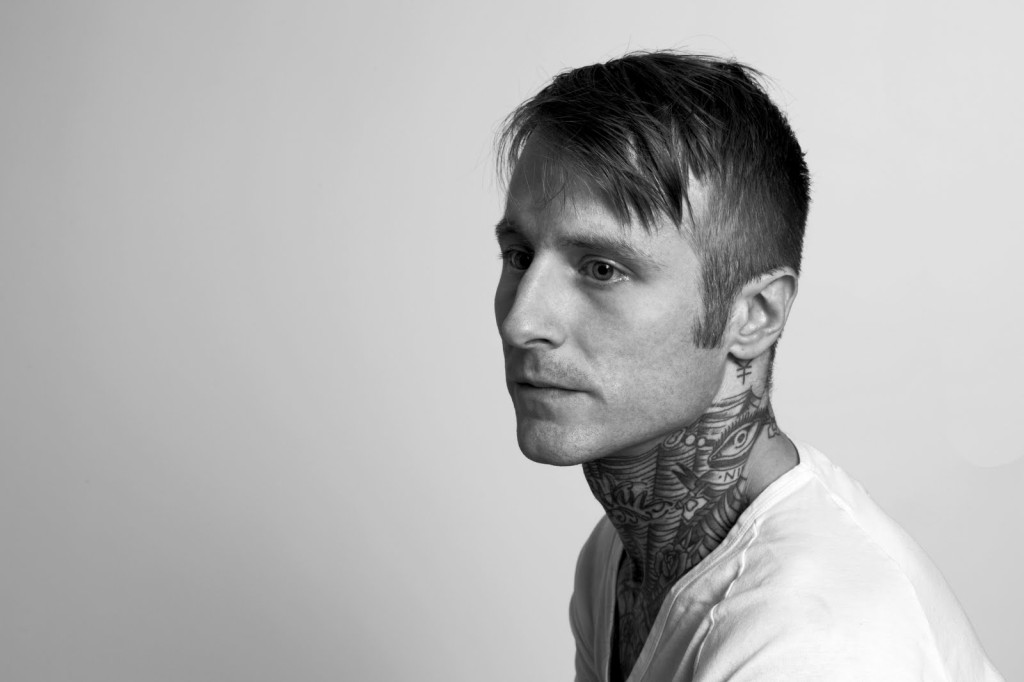
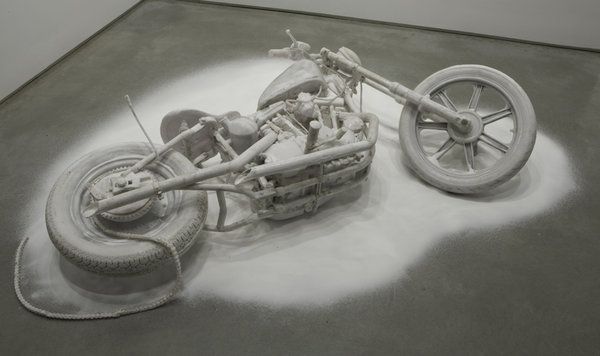

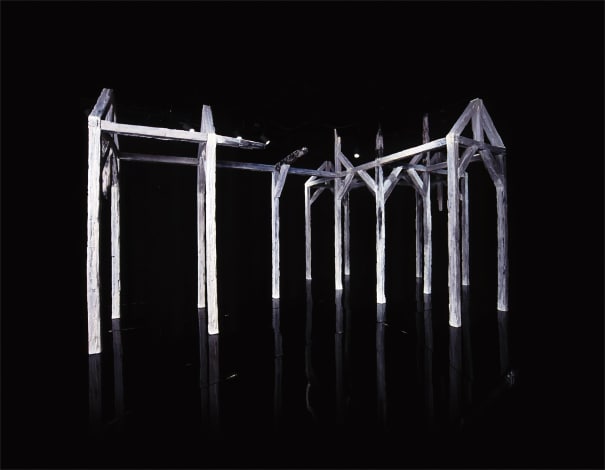
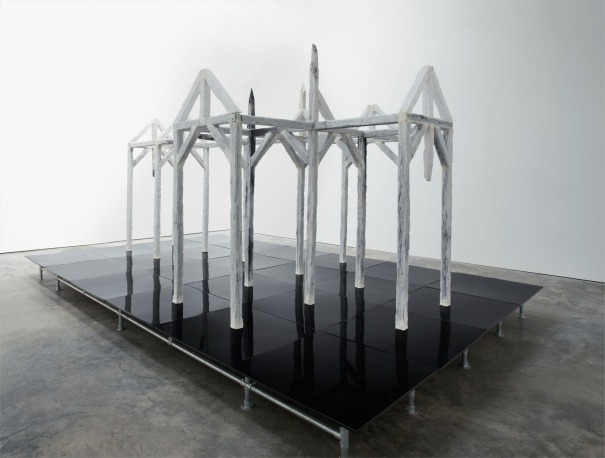
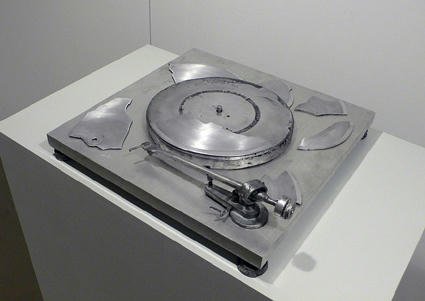

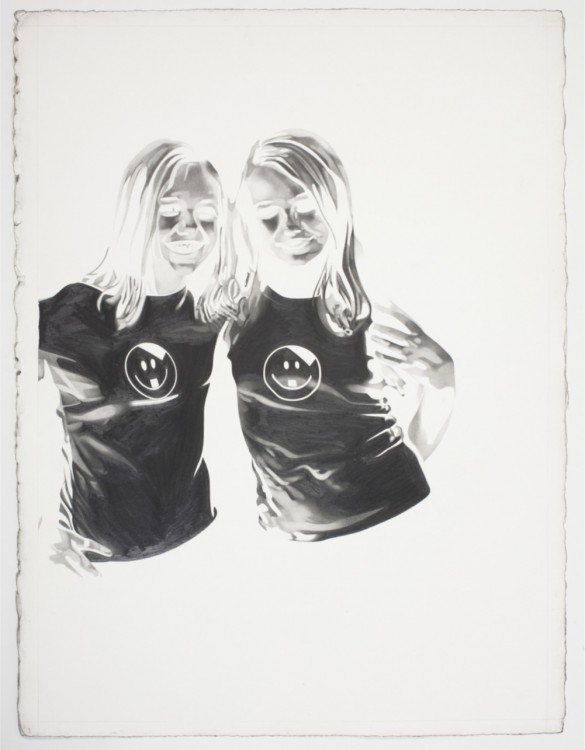
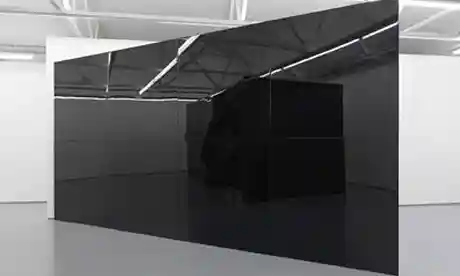
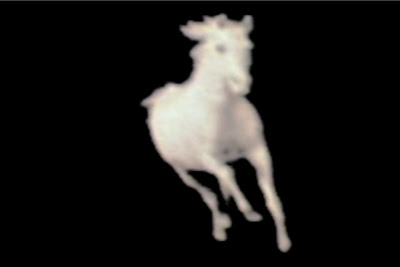


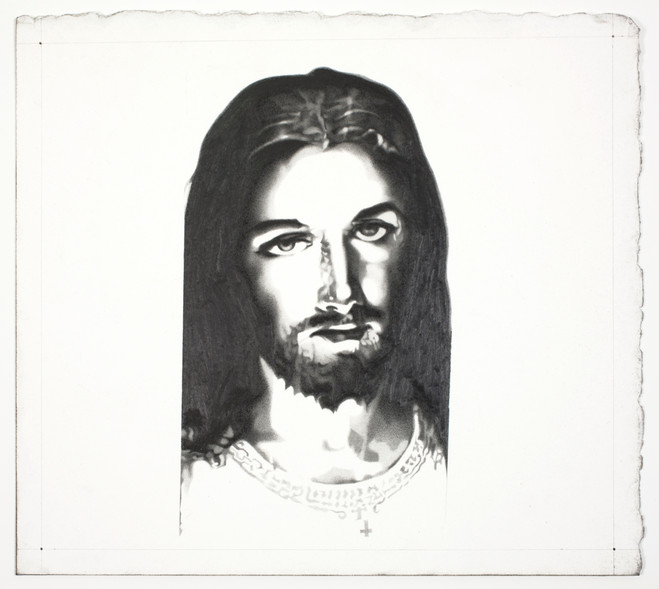

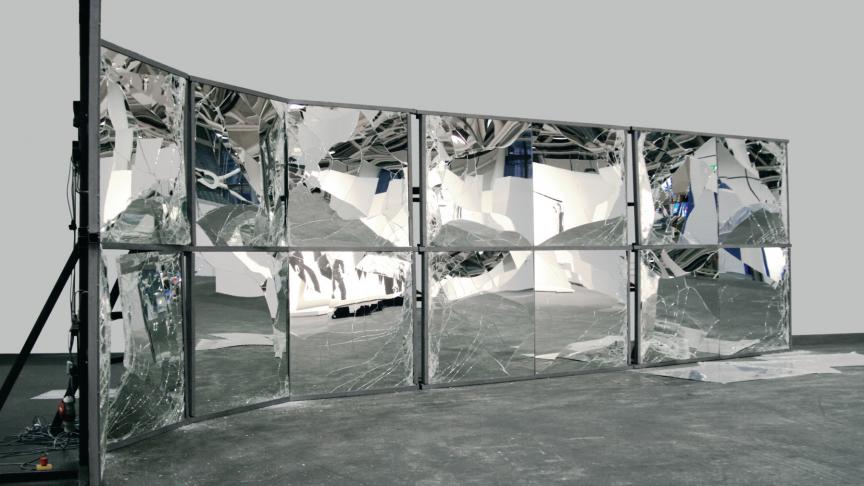

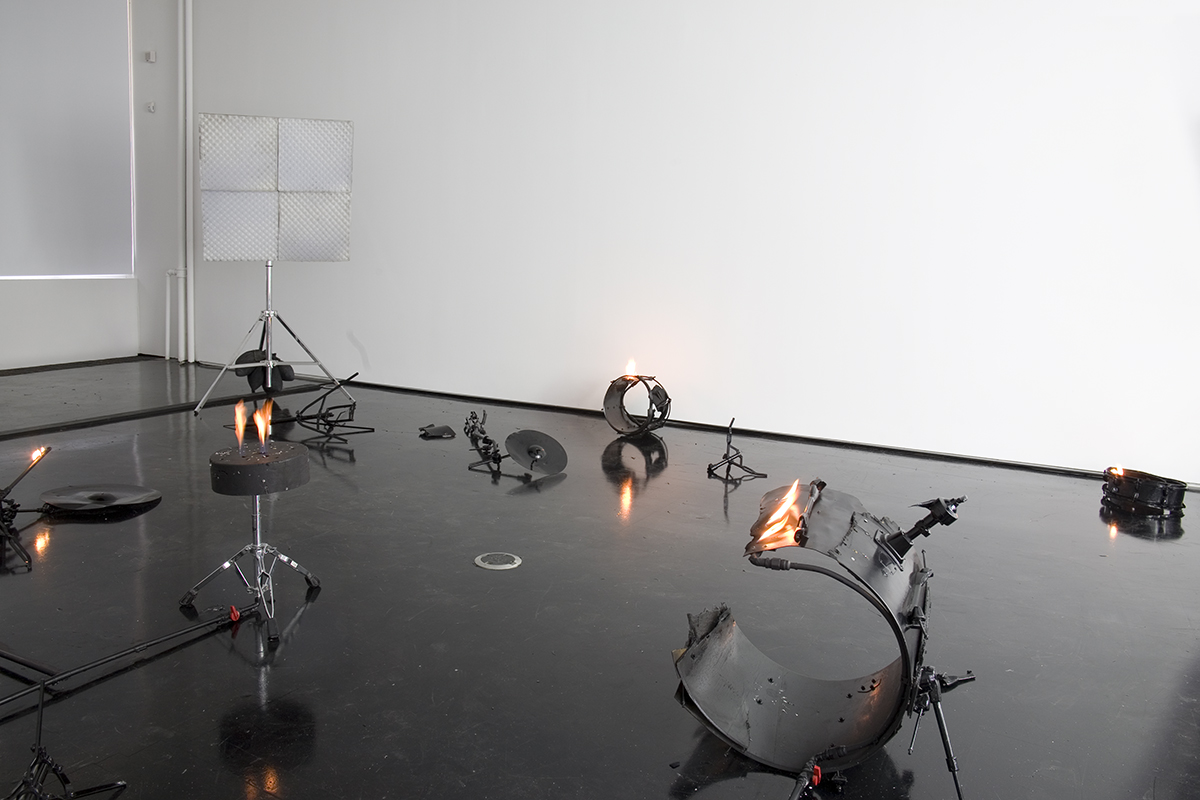
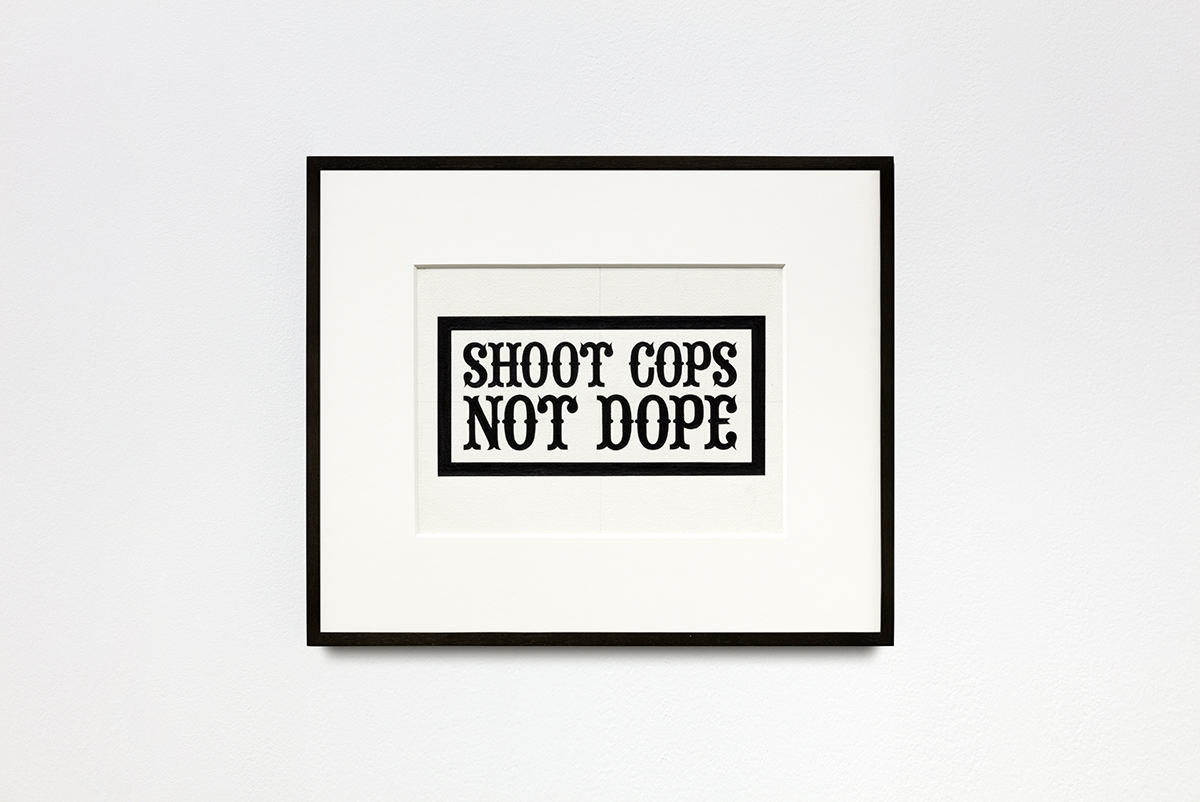





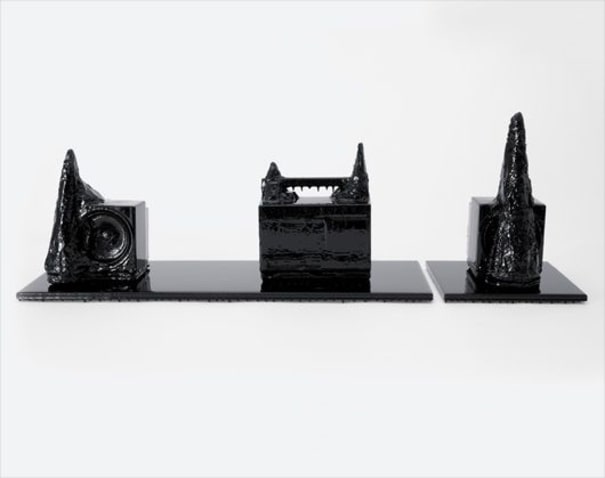

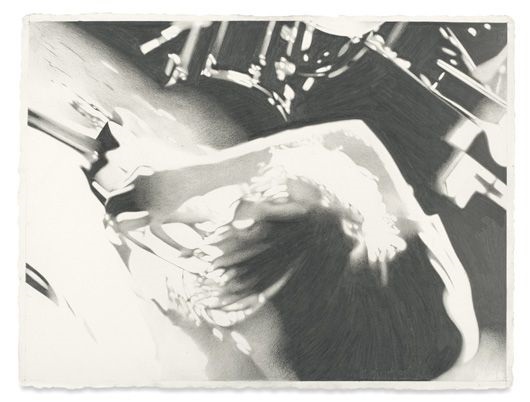
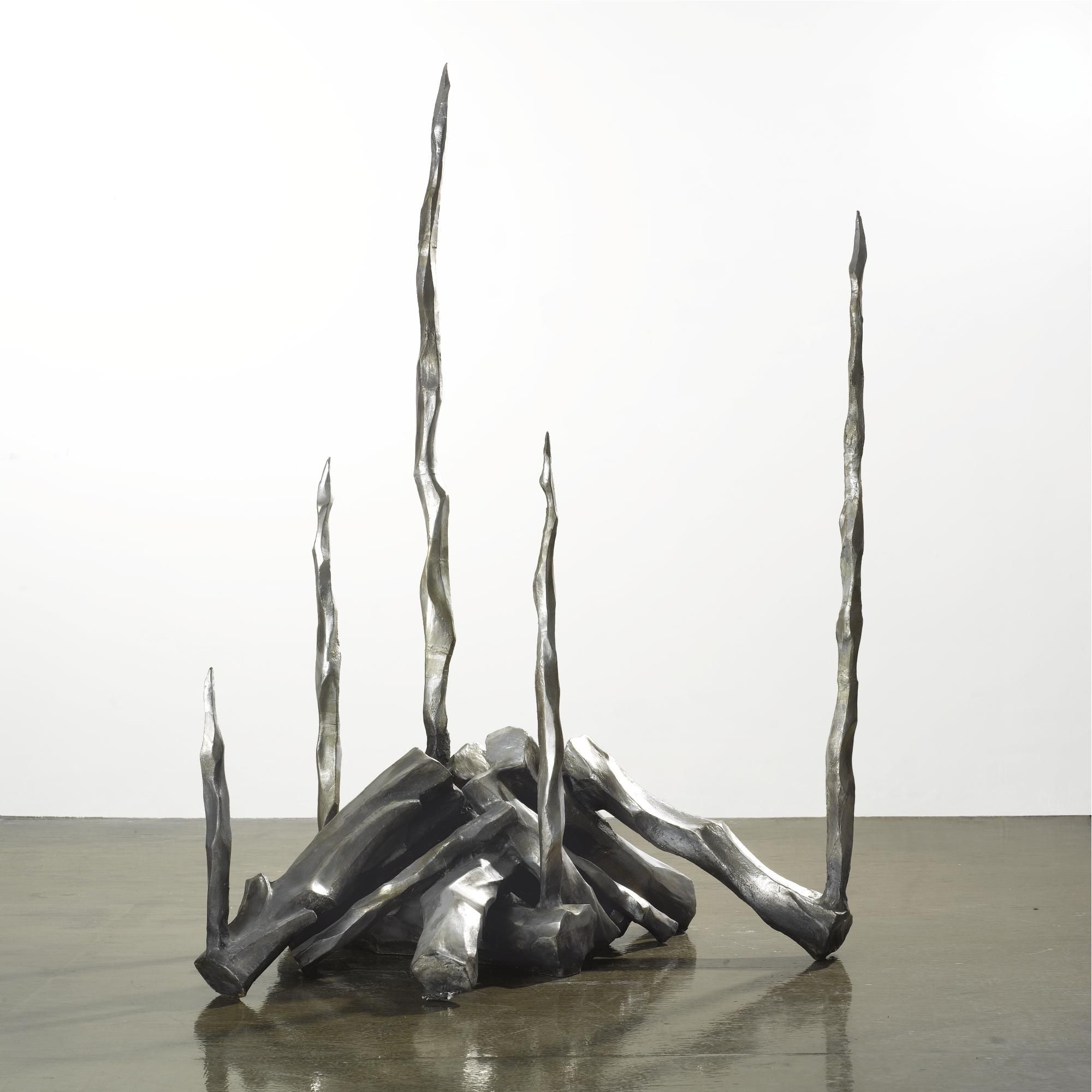
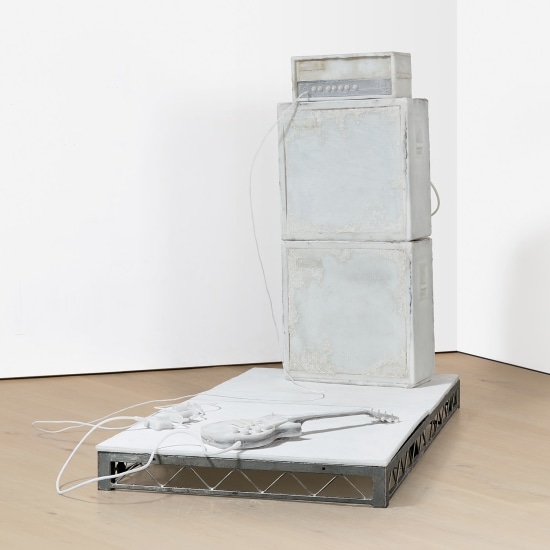

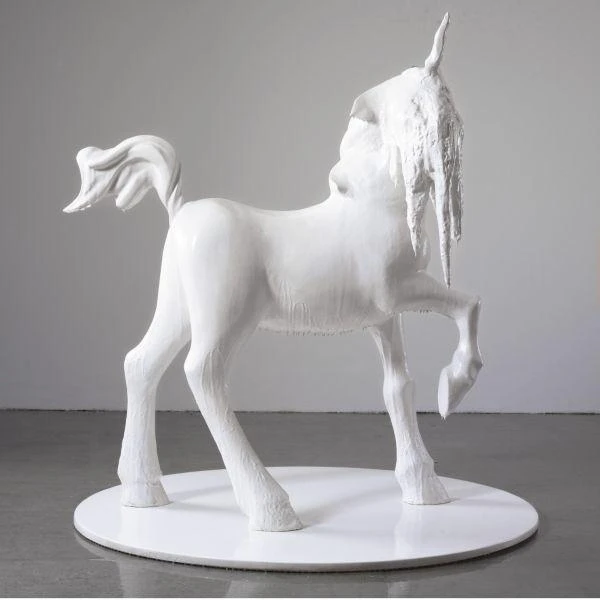





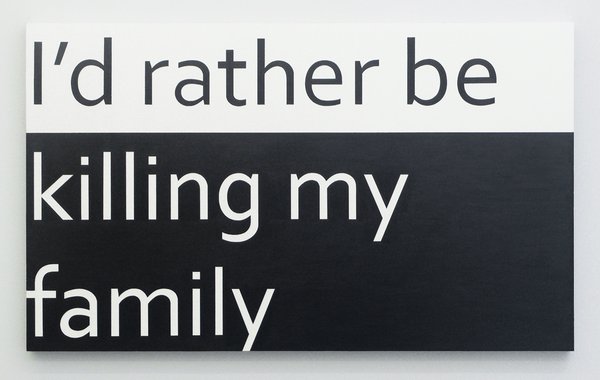
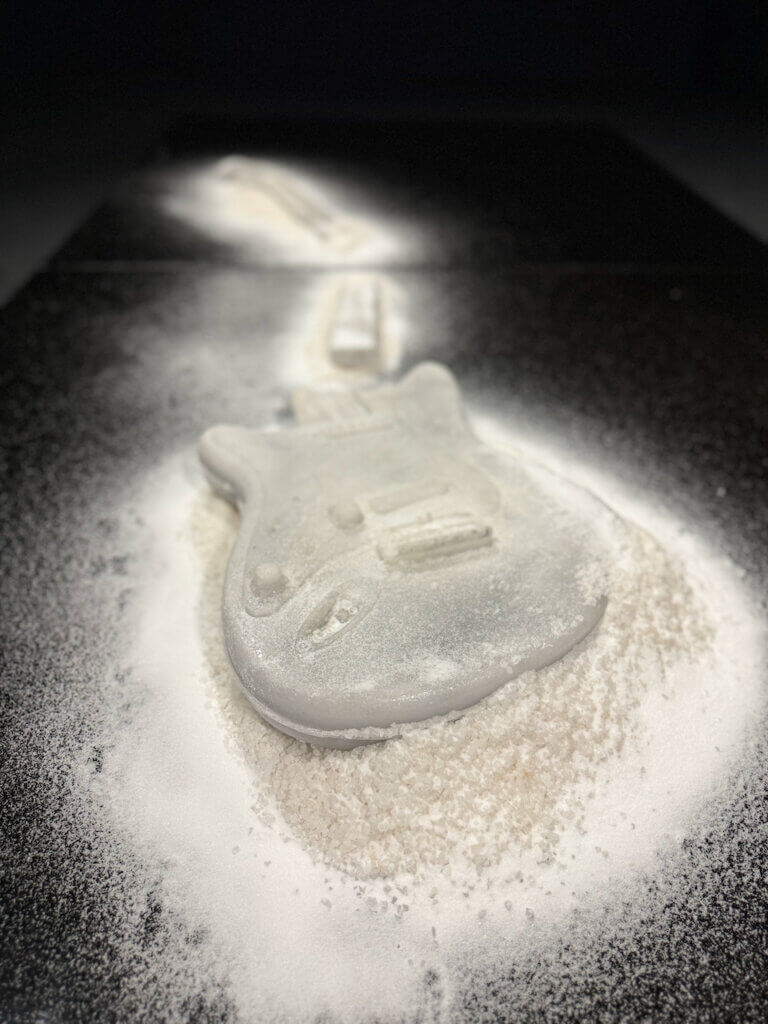




 Now available in North America
Now available in North America 